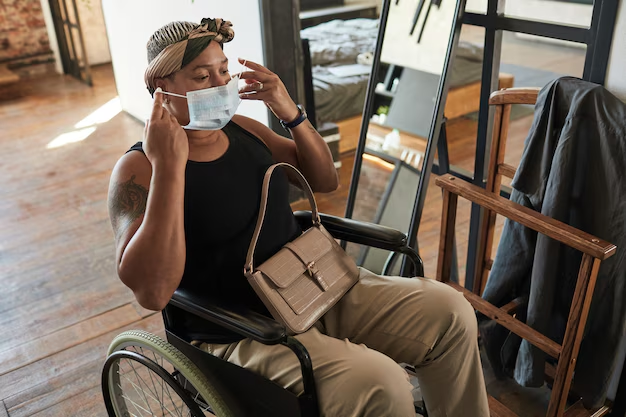Stair Lifts & Medicare: What You Need to Know
As we navigate life’s changes, maintaining accessibility in our homes becomes crucial, and for many, stair lifts offer an invaluable solution. But a big question looms—does Medicare cover stair lifts? Understanding the ins and outs of Medicare can be challenging, especially when you're weighing choices that significantly impact your daily life and financial planning.
Medicare's Position on Stair Lifts
Medicare does not cover stair lifts. This revelation might seem discouraging, particularly for seniors and individuals with mobility challenges seeking easy solutions. Medicare Part B, the section which covers durable medical equipment (DME), excludes stair lifts because they are considered "home modifications" rather than medical equipment. This distinction means that people need to seek alternate avenues for financial assistance.
Alternative Options for Financial Assistance
Fortunately, there are alternative options available to fund a stair lift purchase or installation.
Medicaid Waivers
Medicaid might be an option, depending on your state’s specific program policies and eligibility requirements. Some Medicaid waiver programs provide assistance for home modifications that allow individuals to stay in their homes rather than moving to a long-term care facility.
Home and Community-Based Services (HCBS)
The HCBS programs, available in some states, are designed to offer support services like home modifications and might cover a portion of stair lift costs. This assistance seeks to enable living independently at home, thereby offering an avenue for government support.
Veteran Assistance Programs
If you are a veteran, several programs, like the Veteran Directed Care Program or the Specially Adapted Housing (SAH) grants, may cover home modifications, including stair lifts. These programs are tailored to enhance the quality of life for veterans and their families.
Exploring Other Financial Paths
Given the financial investment involved with stair lifts, it might be worthwhile exploring other financial paths to ease this burden.
Loans and Financing Plans
Many companies that sell stair lifts offer financing plans, allowing you to spread the cost over time. Additionally, personal loans or home improvement loans can be viable paths to consider. These financial instruments typically offer slower interest rates compared to credit cards, which can ease financial pressures.
Tax Deductions
Under certain circumstances, home modifications may qualify as a tax-deductible medical expense. Keep accurate records and consult a tax professional to see if your stair lift purchase is eligible.
Charitable Organizations
There are also a number of non-profit organizations aimed at improving mobility and access for people with disabilities. These organizations sometimes provide grants or other financial assistance programs that may cover part or all of the stair lift costs.
While navigating financial options, it’s important to balance affordability with necessity.
Engaging a financial planner or a counselor specializing in senior care can also provide a path to debt relief or guide you through credit solutions, ensuring that staying safe and mobile in your home doesn’t compromise your financial well-being.
Summary of Financial Options 💰
- Medicare: ❌ Does not cover stair lifts.
- Medicaid Waivers: ✅ Might cover with state-specific eligibility.
- Home and Community-Based Services (HCBS): ✅ Varies by state.
- Veteran Programs: ✅ Covers certain home modifications.
- Financing Plans: ✅ Available through stair lift companies.
- Personal/Home Improvement Loans: ✅ Consider for lower interest.
- Tax Deductions: ✅ Check eligibility.
- Charitable Organizations: ✅ Possible grants or assistance.
Exploring these resources not only offers insights into making an informed decision but also uncovers potentially beneficial programs and tools designed to support financial health and independence.

Related Topics
- Am I Elgible For Medicare
- Am I Enrolled In Medicare
- Am I Qualified For Medicare
- Are Adult Diapers Covered By Medicare
- Are Chemotherapy Drugs Covered By Medicare Part d
- Are Colonoscopies Covered By Medicare
- Are Covid Tests Covered By Medicare
- Are Cpap Machines Covered By Medicare
- Are Cpap Supplies Covered By Medicare
- Are Dental Implants Covered By Medicare